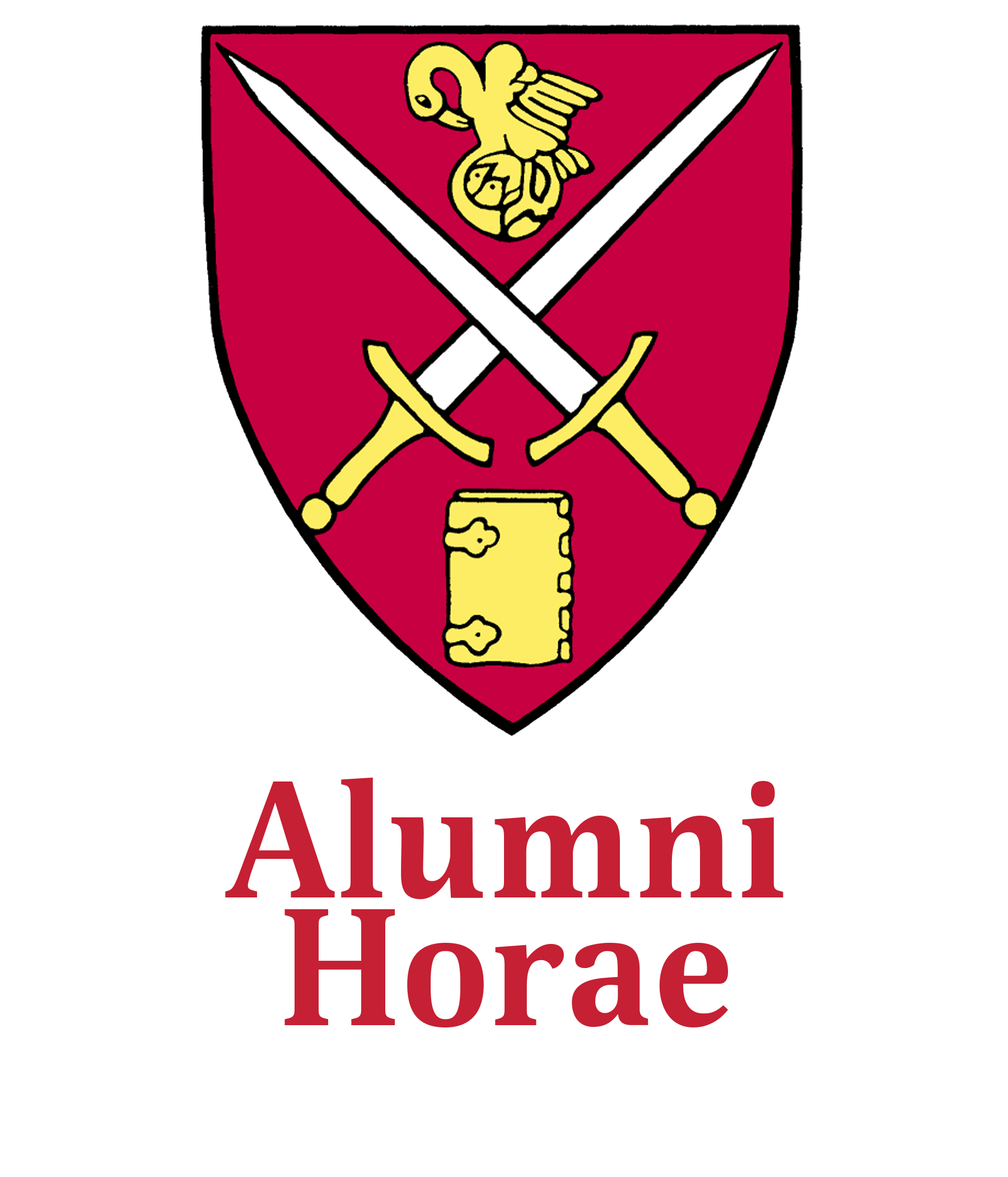Spotlight: Into the Artist's Hands
As head of the Department of Sculpture and Decorative Arts at the National Gallery of Art, C.D. Dickerson ’94 has learned to identify artists from details of workmanship
Michael Matros
In a photograph on his website, C.D. Dickerson III ’94 carefully aims a flashlight at the back of a wood sculpture of an unsuspecting Abraham, who prepares to sacrifice his son, Isaac. The intense beam helps Dickerson scrutinize the surface of the figure and understand essential elements of the technique employed by sculptor Alonso Berruguete, who was active in Spain during the first half of the 16th century.
“Unlike most Spanish sculptors of his generation,” Dickerson explains, “he seems to have been unconcerned with trying to carve his figures from as few blocks of wood as possible in a neat, careful manner. His sculptures are pieced together in an almost jury-rigged way, as though he were working out aspects of composition as he carved, unwilling to be constrained by the material.”
As curator and head of the Department of Sculpture and Decorative Arts at the National Gallery of Art in Washington, D.C., Dickerson is curating an exhibition of Berruguete’s works that will open later this year. The project has involved numerous trips to Spain and the Museo Nacional de Escultura in Valladolid, which is lending some of the artist’s most significant painted sculptures in wood. How the art is made seems to intrigue Dickerson as much as the finished work. “I like to try to imagine the hands of the artist at work,” he told the Horae in a recent conversation. “I like seeing how the hands of an artist have moved over an object and identifying the kinds of idiosyncrasies of his or her touch that allow us to attribute a particular work to a master.”
Dickerson details his fascination with another sculptor’s process in the catalog for an exhibition he curated in 2012-13 at the Metropolitan Museum of Art and the Kimbell Art Museum in Fort Worth, featuring the terracotta models of 17th-century Italian sculptor Gian Lorenzo Bernini. Bernini fashioned the small clay models as prototypes for his marble statues now prominent in Rome’s churches and piazzas. One of Dickerson’s co-curators for the show, Anthony Sigel, a conservator for the Harvard Art Museums, documented the models’ details through thousands of photographs and x-radiographs.
“Through Sigel’s analysis,” Dickerson writes in the catalog, “we can gain an unprecedentedly intimate view of how Bernini modeled. We can stand with him as he initially massed the clay and roughed out the forms; as he dug his fingers into the back of the clay…as he draped his figures with sheets of clay.”
“I enjoy working with conservators because they help bring you to the level of making,” he told the Horae. “Unfortunately, most curators and art historians don’t do that enough. I’m privileged to form these collaborations with conservators that force me to understand process.”
At the time of organizing the Bernini exhibition – described in The New Criterion as “maybe the best small show ever to hit New York” – Dickerson was curator of European art at the Kimbell Art Museum. In 2015, he moved to Washington to oversee the nation’s collection of nearly 4,000 works of European and American sculpture and decorative arts, dating from ancient Greece to the early 1900s.
At the Gallery, he directs his department’s exhibition program, oversees its publications, teaches students and docents, and arranges for new acquisitions. Any decision about such purchases or gifts requires the kind of close scrutiny that Dickerson has learned over time, inferring an artist’s identity from observable details of workmanship. Confirming attribution of a work, he says, “ultimately rests with one’s eyes and whether or not the work of art is consistent with the artist’s style and technique.”
In the case of Bernini, it is a matter, he says, of seeing closely “how the thumb goes across the clay.”


